
Are insects secretly eating your clothes? Identify the common fabric pests, learn how to spot the damage, and take action to protect your valuable wardrobe. Mysterious holes in your favorite sweater? Strange stains on your clothes? Fabric-damaging insects could be the culprits.
In the vast tapestry of home nuisances, few things are as universally dreaded as the discovery of damaged clothing. The culprits? We often and unfairly point our fingers at moths, casting them as the villains in this tale.
However, What Do Insects Eat is a rich narrative involving various insects and fabric pests like moths and beetles. Each has unique methods of wreaking havoc on our wardrobes.
This guide aims to illuminate the misunderstood world of these pests, debunking common myths and providing a comprehensive approach to safeguarding your cherished garments.
The Usual Suspects and Their Unseen Impact
Contrary to popular belief, moths aren’t the sole perpetrators behind the mystery of the eaten sweater. Let’s delve into the world of these fabric foes, understanding their lifecycle, appearance, and the signature damage they inflict.
Carpet Beetles: The Hidden Harbingers of Havoc

Carpet beetles, with their colorful, spotted backs, might appear benign at first glance. Yet, these insects are notorious for their voracious larvae, which feast on natural fibers. Their lifecycle, from egg to adult, can wreak prolonged damage as they consume wool, silk, and even leather. The telltale sign? Irregular holes and thinning fabric are a testament to their indiscriminate appetite.
Clothes Moths: More Than Just a Moth Problem
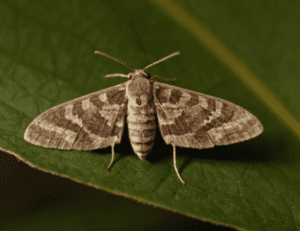
The case-bearing clothes moth, a less conspicuous villain, operates in the shadows. Its lifecycle, particularly the larval stage, spells doom for fabrics. These larvae, encased in a silken tube, traverse your clothing, feeding and leaving behind a trail of destruction. The impact is not just aesthetic; it’s a weakening of the very threads that hold your garments together.
Cockroaches: The Health Hazard Lurking in Your Closet
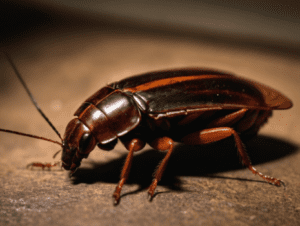
While cockroaches are synonymous with uncleanliness, their interest in your wardrobe is often overlooked. Beyond their health risks, these pests can stain and damage fabric while searching for food residues. The harm is twofold: physical damage to your clothes and potential health risks from their droppings.
Crickets: Silent Fabric Shredders
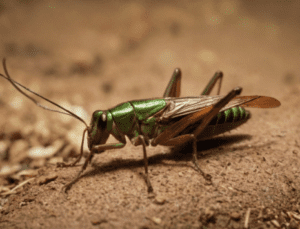
Misconceptions abound regarding crickets, often seen as harmless. Yet, these insects are capable of significant damage, gnawing through fabrics to consume stains and spills. Their work leaves behind jagged edges and holes, a silent testament to their presence.
Lesser-Known Culprits in the Closet
Among the roster of fabric foes, some lesser-known pests lurk in the shadows, each with a unique modus operandi for your wardrobe.
Firebrats: Heat-Seeking Manuscripts Munchers
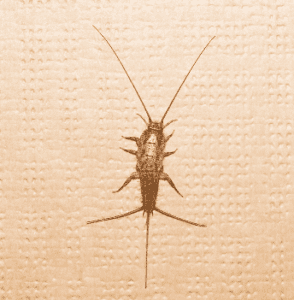
Thriving in warm environments, firebrats share a diet similar to that of their silverfish cousins. Preferring starches, these pests can digest the sizing in books and fabrics alike, leading to their inclusion in this list of wardrobe adversaries.
Silverfish: Silent Sentinels of Destruction
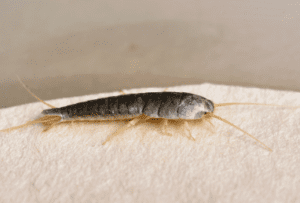
With their distinct, fish-like appearance and movements, silverfish are a nightmare for any archive or wardrobe. They feast on carbohydrates, including the glue in books and clothes, leaving behind notched edges and holes as evidence of their feast.
Termites: The Wood-Wardrobe Connection
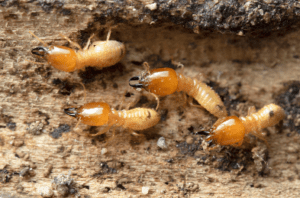
While primarily known as insects that eat wood for their wood-consuming habits, termites can also turn their attention to clothing, mainly if stained by food or sweat. Their potential for damage is vast, making them a surprising but significant threat to your clothing’s longevity.
Fortifying Your Wardrobe: Prevention and Treatment Strategies
The adage “prevention is better than cure” rings particularly true in protecting your clothes from pests. Here are some actionable steps to keep your wardrobe safe:
Cleanliness: Your First Line of Defense
Regular cleaning of clothes and storage areas is paramount. Ensure that garments are cleaned before storage and regularly vacuum storage areas to remove insect eggs or larvae.
Natural Ways to Get Rid of Fabric Pests: Mother Nature’s Pest Control
Consider natural repellents like cedar blocks, lavender sachets, or even DIY solutions involving essential oils to deter pests. These methods provide a chemical-free way to safeguard your wardrobe.
Professional Help: When the Infestation is Beyond DIY
In cases of severe infestation, professional extermination becomes a necessity. Experts can provide targeted treatments, ensuring that the pests are eradicated and preventive measures are put in place.
Conclusion: A Stitch in Time Saves Nine
The battle against clothes-damaging insects is ongoing, but with the right knowledge and tools, it can be won. You can protect your wardrobe investment by understanding the habits and preferences of these pests, taking preventive measures, and acting swiftly at the first sign of infestation.
Staying Vigilant: Additional Tips and FAQs
How to Protect Your Clothes from Fabric Pests
Identify Early, Act Quickly: Learning to recognize the early signs of infestation is crucial. Look out for larvae, adult insects, and damage to fabrics. The sooner you identify a problem, the easier it is to control.
Regular Inspection: Make it a habit to inspect your clothes and storage areas regularly, especially if you’ve had issues. Pay special attention to rarely used items and dark, undisturbed corners of closets and drawers.
Climate Control: Many of these pests thrive in warm, humid environments. Maintaining a cool, dry atmosphere can deter their presence. Consider using dehumidifiers in damp areas and avoid storing clothing in basements or attics.
Seal and Protect: Use airtight containers or vacuum-sealed bags for long-term storage of garments, especially those made from natural fibers. This not only protects them from pests but also from dust and mildew.
Rotate and Clean: Don’t let clothes sit unworn for too long. Regular use and laundering can prevent pests from settling in. Consider professional cleaning before seasonal storage for items that can’t be washed frequently, such as wool coats.
Natural Remedies: Beyond lavender and cedar, consider other natural deterrents like cloves, rosemary, and eucalyptus. These can be used in sachets or in a diluted form as a spray to mist clothing and storage areas lightly.
Stay Informed: Keep abreast of the latest in pest control strategies. Research and natural solutions evolve, offering new ways to protect your wardrobe without relying heavily on chemical treatments.
Maintain Vigilance: Even after addressing an infestation, monitor your home for signs of pests. Regular cleaning, inspection, and maintenance of preventive measures can help avoid future issues.
When to Call Professionals: Recognize when a situation is beyond DIY solutions. Persistent, widespread infestations require professional intervention to ensure complete eradication and to prevent recurrence.
Educate and Engage: Share your experiences and tips with friends, family, and online communities. Discussions can provide new insights and strategies for dealing with clothing pests.
Wrap-Up: Safeguarding Your Wardrobe Is a Continuous Journey
Protecting your clothing from insects is an ongoing process that requires vigilance, knowledge, and timely action. By understanding the enemy, employing preventive measures, and using natural or professional solutions when necessary, you can keep your wardrobe safe from unwanted guests.
Remember, the key to success is not just in combating infestations but in preventing them from happening in the first place. Cleanliness, proper storage, and regular inspections are your best allies in this battle. Stay informed, stay prepared, and let your clothing remain a source of joy, not distress.
As we close this guide, let’s embrace the mantra of maintenance and vigilance. With the right approach, you can protect the longevity and beauty of your wardrobe, ensuring that your favorite pieces continue to look their best for years to come. Keep the pests at bay, and let your style shine through, undiminished by the tiny foes that lurk in the shadows.





























